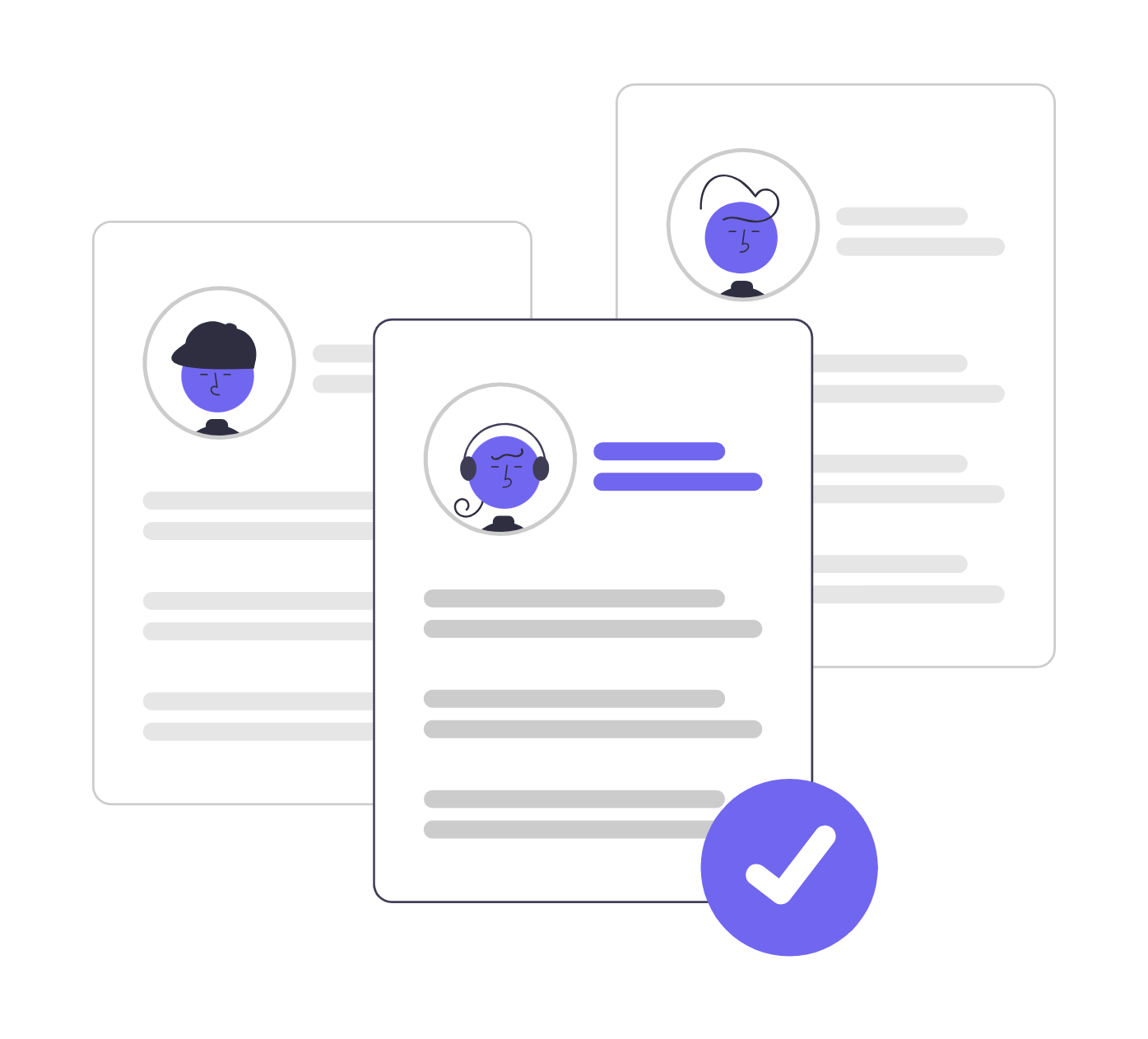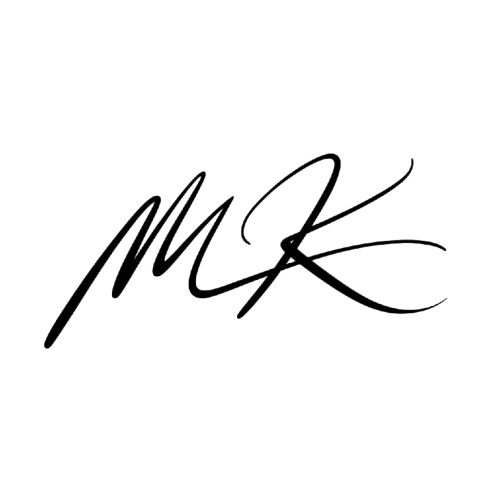Share
When does someone officially “start” working for your company? Is it the day they complete onboarding paperwork, or the day they show up for training? This seemingly small detail—hire date vs. start date—can have big consequences for payroll, benefits eligibility, and legal compliance.
Unfortunately, many HR teams and hiring managers use these terms interchangeably. And while in some cases the two dates may be the same, in many others, they aren’t—and mixing them up can result in costly errors.
This guide breaks down the difference, shows why it matters, and offers practical steps for getting it right.
Hire Date vs. Start Date: What’s the Difference?
Let’s start with clear definitions:
- Hire Date is the date an employee completes all required onboarding paperwork, including forms like the W-4, I-9, and any state or company-specific documents. This is often when they’re officially added to your HR system or payroll, but they may not start working yet.
- Start Date is the day the employee begins performing work—whether that’s onboarding, training, or jumping straight into job duties. It’s also the first day they are legally entitled to be paid.
In many organizations, the hire date comes before the start date, especially when paperwork is completed ahead of time through an HR portal. But in other cases—especially when onboarding and training happen on the first day—the two dates are identical.
Joe completes all onboarding paperwork online on March 1st (hire date). He begins training and receives his first paycheck on March 8th (start date). All benefits and tenure calculations are based on March 8th.
Easily administer one-click skill tests with workscreen. -This way you can Assess candidates based on real-world ability—not just credentials like résumés and past experience. This helps you hire more confidently and holistically.

Why the Distinction Matters More Than You Think
Understanding the difference isn’t just about keeping your records tidy. It impacts several critical HR functions:
1. Payroll
Employees can’t be paid until they’ve completed the necessary forms. But once they perform any paid activity—including training or remote onboarding—that becomes their start date. Recording it incorrectly can create wage compliance issues or errors in timekeeping.
2. Benefits Eligibility
Most benefits—such as health insurance or paid time off—begin after a certain number of days worked. That timeline is almost always calculated from the start date, not the hire date. Getting it wrong can confuse employees and create compliance risks with benefit providers.
3. Legal Compliance
From employment law to tax reporting, consistency and accuracy in employment records are non-negotiable. Mistakes in start dates can trigger audit flags, misrepresent time worked, and lead to fines or employee disputes.
When the Lines Get Blurry: Common Edge Cases
In practice, not every situation is straightforward. Here are some common gray areas and how HR professionals typically handle them:
 Paid Training or Orientation Before Day One
Paid Training or Orientation Before Day One
If an employee begins training—even remotely—and they’re being paid, that day becomes their official start date, even if their “job duties” haven’t begun.
 Travel Days Covered by the Employer
Travel Days Covered by the Employer
If an employee travels to the office for onboarding and is compensated for travel time, the first paid travel day counts as the start date.
 Remote Preboarding
Remote Preboarding
If the employee is only completing onboarding paperwork and not yet performing compensated work, the hire date is recorded, but the start date comes later. However, if the paperwork takes significant time or is compensated, it may also be considered the start date.
Reddit HR professionals widely agree: once someone is paid for any work—training, orientation, or otherwise—that’s the start date.
Eliminate low-effort applicants—including those who use AI Tools to apply, copy-paste answers, or rely on "one-click apply." This way, you focus only on genuine, committed, and high-quality candidates—helping you avoid costly hiring mistakes.

How to Set and Communicate These Dates Correctly
Here’s how to avoid confusion and ensure alignment across your HR, payroll, and compliance systems:
Confirm Both Dates in the Offer Letter
Be explicit. For example:
“Your hire date will be July 1, 2025 (paperwork submission). Your official start date, and the date your benefits and compensation begin, will be July 8, 2025.”
Communicate in Writing
After verbal discussion, send a confirmation email including the agreed-upon start date, time, location (or remote details), and first-day agenda.
Coordinate Internally
Ensure your payroll, benefits administrator, and IT teams are on the same page regarding both dates. Delays in onboarding equipment or account setup shouldn’t shift the start date—just the logistics.
Track Both Dates in Your HRIS
If possible, store both “date of hire” and “start date” in your HR system. This improves visibility during audits and simplifies tenure and eligibility tracking.
Key Takeaways for HR Teams and Hiring Managers
- Start date = first paid day of work, whether it’s training, orientation, or job duties.
- Hire date often happens earlier—usually the date onboarding paperwork is completed.
- Payroll, benefits, and labor law compliance depend on correctly tracking these dates.
- Clear communication and proper documentation eliminate confusion and protect both the company and employee.
Quickly identify your most promising candidates. WorkScreen automatically evaluates, scores, and ranks applicants on a performance-based leaderboard—making it easy to spot top talent, save time, and make smarter, data-driven hiring decisions.

Conclusion: One Detail, Big Consequences
Getting the date of hire vs. start date right may feel administrative—but the ripple effects are real. It touches everything from your compliance posture to your employee experience. It’s not just about when someone starts—it’s about setting the right tone, reducing friction, and ensuring operational accuracy from Day One.
If you’re in HR or responsible for hiring, take the time to audit how your organization defines and documents these dates. That one small improvement could save you a lot of headaches later.
FAQ
Yes. The hire date and start date can be the same if the employee completes all necessary onboarding paperwork and begins working on the same day. This often happens when both activities are done in person on the employee’s first day. However, in many cases, the hire date (when paperwork is completed) comes before the start date (when work begins).
Absolutely. The start date is defined as the first day an employee performs any paid work—and that includes training, orientation, or even travel, if compensated. Once an employee is paid for participating in any work-related activity, that day marks their official start date.
Most benefits—such as health insurance, paid time off, or probationary periods—are calculated from the start date, not the hire date. For example, if benefits begin after 30 days, that countdown starts from the day the employee begins paid work—not the day they signed paperwork. Misalignment here can delay access to benefits or lead to compliance issues with benefit providers.
The employer sets the hire date, typically based on when all necessary pre-employment paperwork is completed. While the employee may influence the timeline by how quickly they submit documents, the final hire date is logged by the employer as part of their internal HR and payroll processes. It’s a formal record of when the employment relationship begins on paper—even if work hasn’t started yet.

